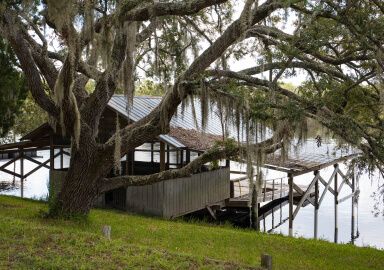Scallop
Scallops are marine mollusks, they are bivalve, can move, are fun to catch and good to eat.
View 2 listings
2
listings
–
price starting from
1
countries
–
to the nearest trip
Where and When?
Scallops may be found in all of the world’s oceans, but most species are located in the Indo-Pacific region. While some scallops seem to prefer cooler areas, others are found in tropical waters. Most species are coastal, living from shallow water down to about 100 m. (328 ft.), but a few are found in deep ocean waters. Adults spawn into the ocean water column and fertilised eggs sink to the bottom where they hatch in a few days. Larvae can spend long periods and travel great distances, before settling down. This means that juveniles will be spread over massive areas, but predation and feeding patterns dictate where the adults will be most abundant.
Nearly all scallops are “free swimming” and can even undergo small-scale migrations by rapidly “clapping” their valves together and being “jet propelled” when the water is rapidly extruded from inside the scallop body. While many scallops attach to stones or weeds at some time in their lives, mature scallops spend most of the time sitting on or in sandy, muddy, or gravelly substrates. Some good recreational scallop fishing is found in the shallow bays and inshore regions off the north-east coast of the USA and Canada. The best, however, is probably in the warmer waters off the south-east USA. They can be physically caught throughout the year, but are best tasting when not spawning and there are often closed seasons.
About Scallop
Worldwide there are more than 800 species of “scallop”, from over 50 genera and they are found in all the oceans of the world. No true scallops are found in freshwater and, only rarely, in brackish waters such as estuaries. They have long been eaten by man, incidentally or intentionally, and in many places there are small-scale scallop fisheries. Two of the most important scallop fisheries are located in American inshore waters based on the American bay scallop (Argopecten irradians) and the Atlantic sea scallop (Plactopecten magellanicus).
Scallops are bivalve molluscs, meaning that they have two big, hard “shells” held together by the large, white adductor muscle that is so prized as food. Sizes vary; the record length of a scallop shell is about 23 cm. ( 9 in.) and very large specimens are about 15 cm (6 in.), but the usual size is 5-10 cm. (2-4 in.). They can have up to 200 “eyes” around the margins of the valves that can probably discern light and dark and some movement. Scallops are all filter feeders, eating plankton and bacteria and have complicated sexual diversity. Some species have separate sexes (dioecious), while others change from males to females with age.
How to Catch?
Most commercial scallop harvesting is carried out in deepish waters by medium-sized shore-based trawlers using bottom trawls or dredges. Recreational scallop fishing is usually done close inshore and can be free swimming, scuba or snorkelling or by simply wading in shallow clear water at low tides. In many areas there are strict closed seasons, usually fishing is limited to July 1 to September 10 annually. There are also strict daily bag limits - 50 scallops per person per day - whether free swimming or from a boat. Florida is a centre of recreational scalloping with well organised boat trips and even charters. All you need are your hands and good eyesight, but gloves, a hand net and a mesh bag for holding the harvest, can assist. Unlike clams, scallops can move and so a quick grab is the best approach, but scallops can also close their valves strongly and rapidly onto careless fingers. Scalloping can be a very pleasant, relaxing, family orientated activity that usually results in an excellent meal.






